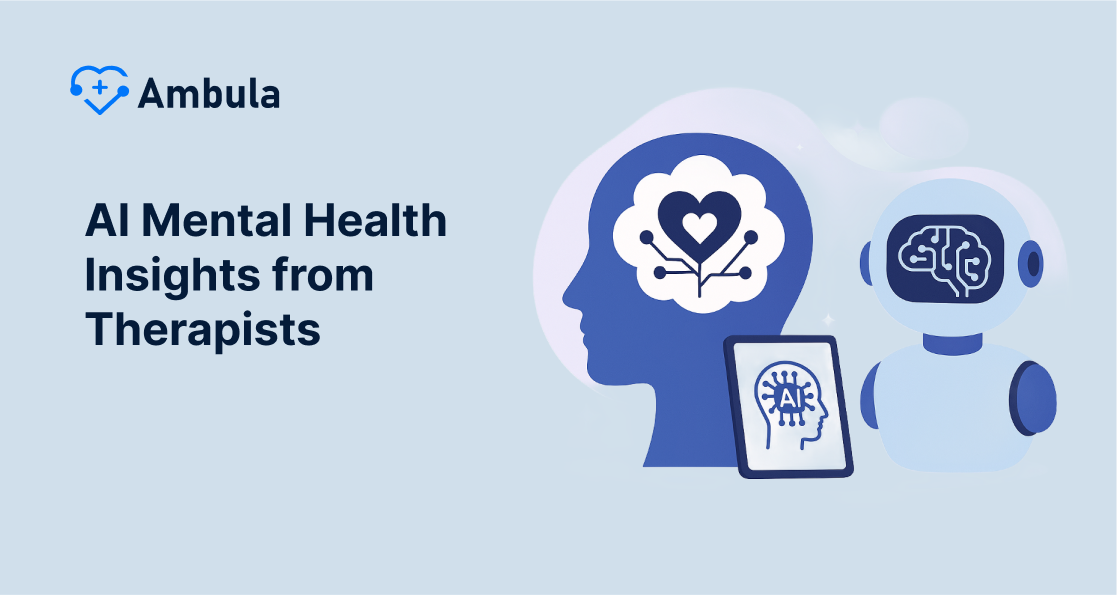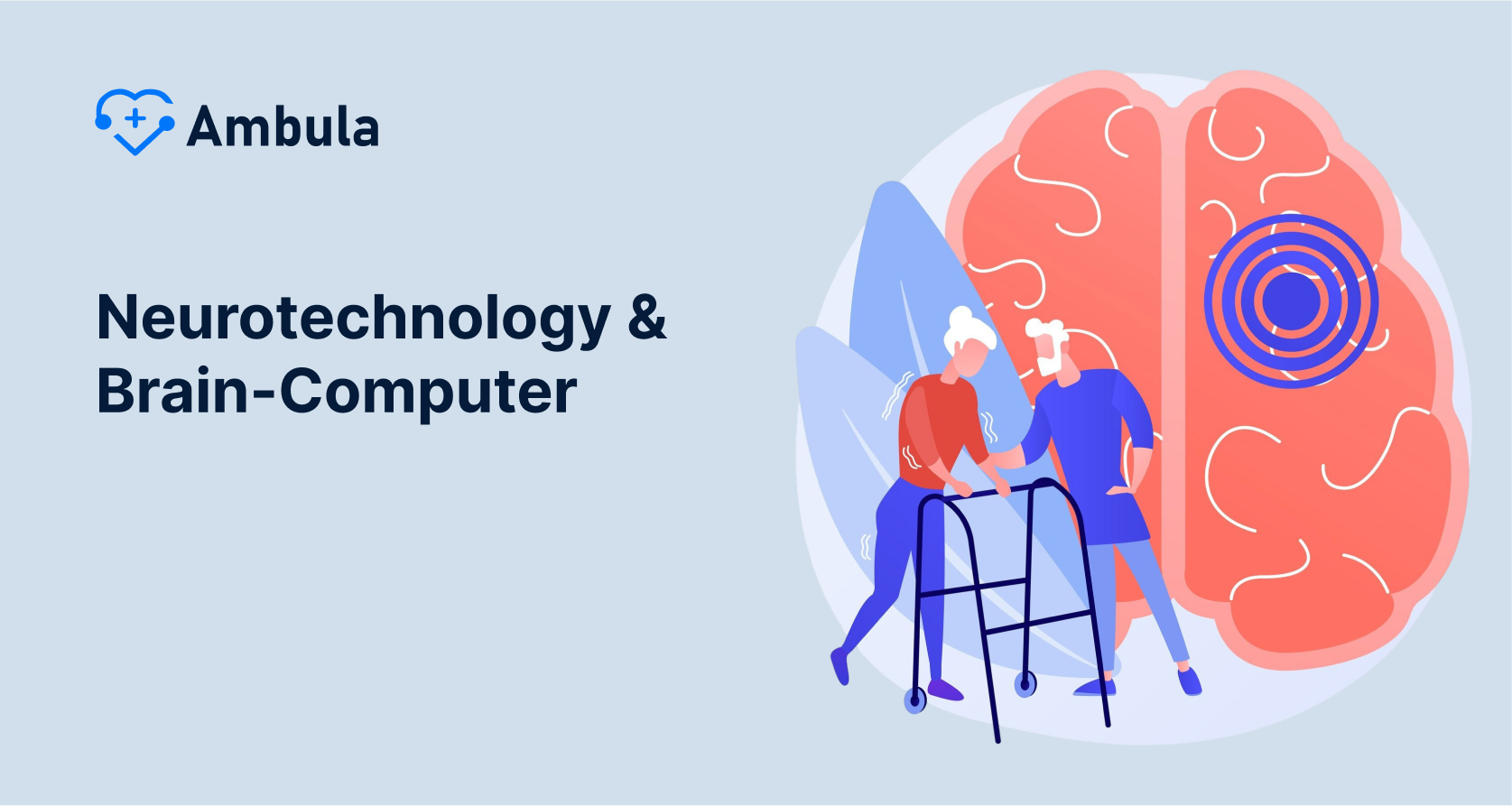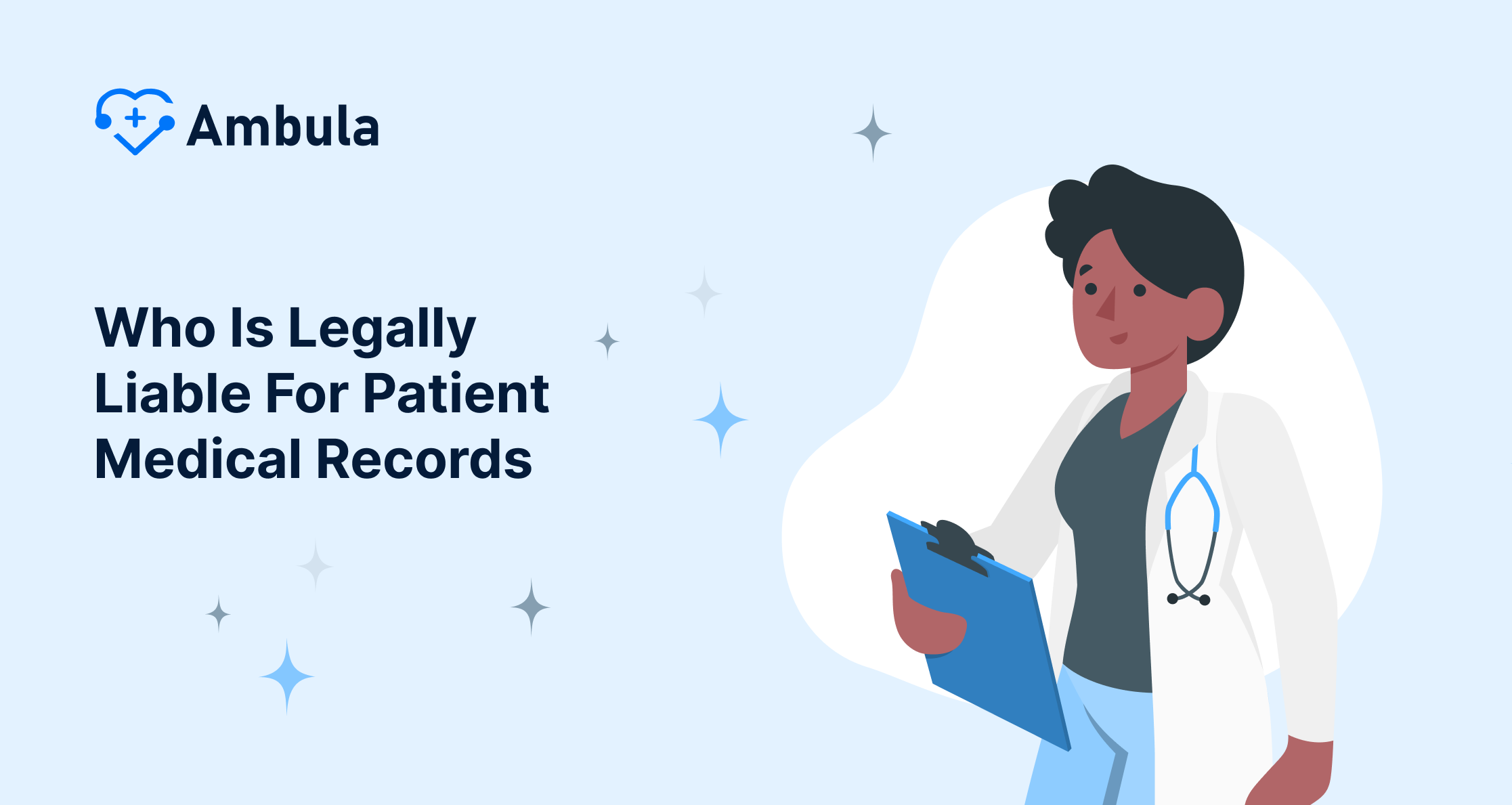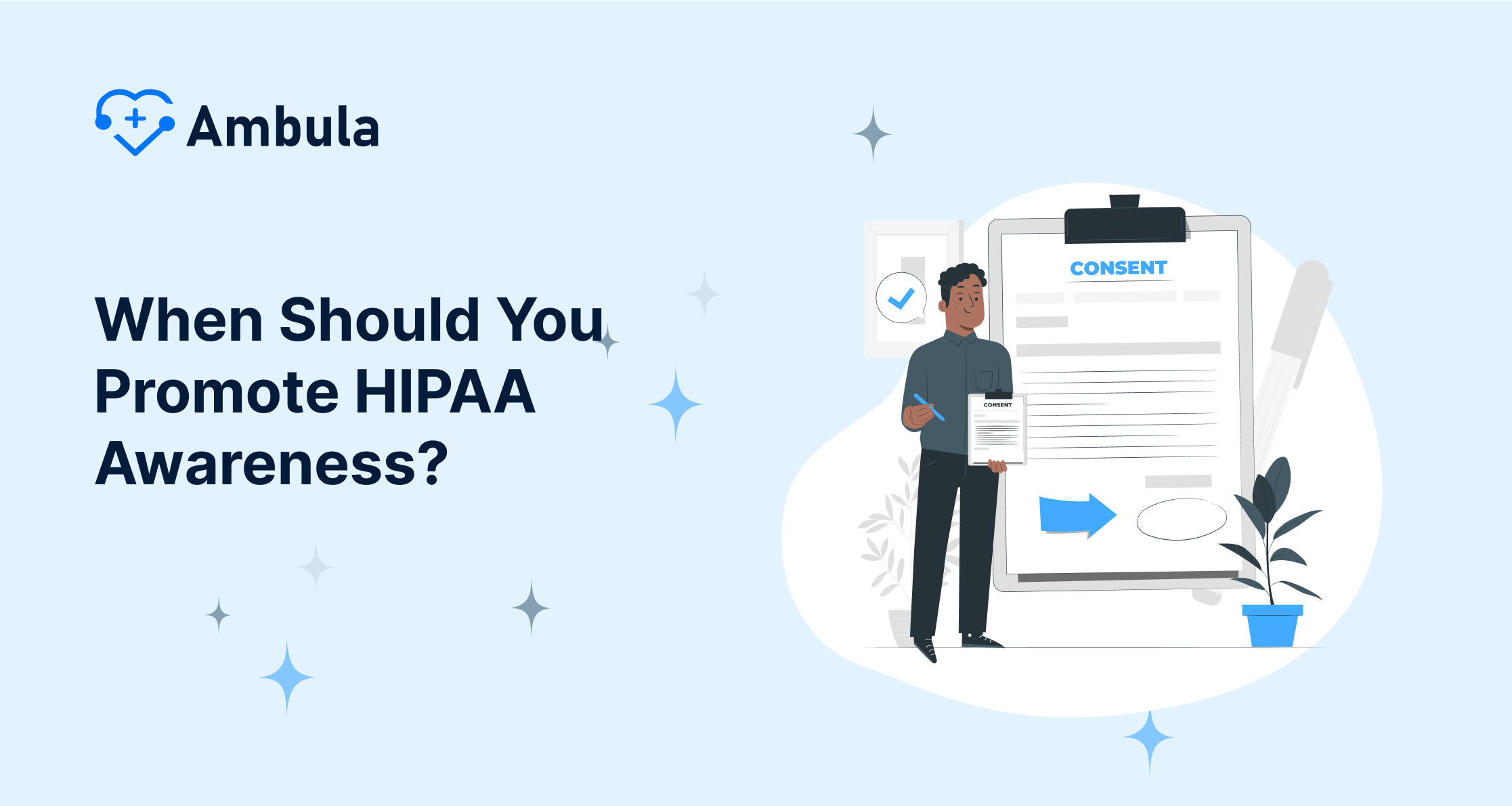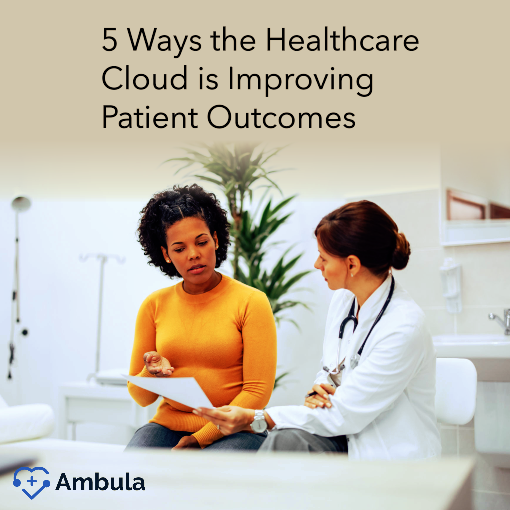
Ever heard of the healthcare cloud? If you haven’t, fear not! Today, we’re diving headfirst into this tech wonder that is revolutionizing the face of healthcare. The realm of the cloud may seem a little hazy but hold on tight as we journey together into the heart of this foggy beast and see how it is improving today’s healthcare landscape.
The healthcare cloud is an incredibly complex storage system where patient information and data are stored securely. Imagine having a ‘mobile hospital’ you can tap into anytime, anywhere. That’s the healthcare cloud for you! Of course, it’s a lot more high-tech than mere storage space; it’s a new way of looking at and processing health information.
As we move along, we promise not to get too deep into the technicalities that could transform this chat into a snoozefest, but we’re exploring just enough to give you a clearer picture.
Understanding Patient Outcomes
We’ve all heard the term ‘patient outcomes,’ but let’s help make it more than another healthcare jargon. In layman’s terms, patient outcomes reflect the results of any healthcare services received. It could mean tracking how well a patient recovers after surgery, manages a chronic illness, or even judging a new treatment’s effectiveness.
We hinge so much on patient outcomes because they mirror the quality of healthcare services provided. Now you see why patient outcomes are so important to the healthcare ecosystem, naturally leading to healthier communities and optimized healthcare systems.
We will delve into the wonderful world of EHR—Electronic Health Records.
Way 1: Enhanced Accessibility with Cloud-based Electronic Health Records (EHR)
Let’s play a little scenario: You’re a doctor meeting a new patient transferred urgently from another healthcare facility. You would typically have to scramble for the patient’s history and other critical information, which can be quite harrowing and time-consuming. But, with the cloud, you can access all the information you need in just a few clicks – even before the patient arrives. That’s EHR for you!
Traditionally, healthcare records were paper-based, locked away in some file cabinet, and you’d have to dig through them whenever information was needed. But now, with cloud-based EHR, people’s health information is stored digitally securely and can be accessed anywhere, anytime. This convenience alone can mean saving precious minutes during emergency care.
Having the power to track patient history and health patterns collectively paints a better picture of the patient, leading to better diagnoses and effective treatment plans. This advancement doesn’t just ease the administrative burden; it shows the potential to improve the healthcare ecosystem’s responsiveness and patient outcomes significantly. However, that’s just the tip of the iceberg: the healthcare cloud’s vast and meaningful capabilities!
Way 2: Remote Patient Monitoring Made Possible by The Cloud
Let me introduce you to a concept revolutionizing healthcare delivery and access – Remote Patient Monitoring or simply RPM. Two guesses as to what makes it possible… You got it! It’s all thanks to our friend, the healthcare cloud!
RPM is a healthcare delivery method that uses technology to monitor patient health away from the traditional clinical setting. Essentially, patients go about their everyday lives while wearable devices (think Fitbits and smartwatches) collect crucial health data like heart rate, blood pressure, blood sugar levels, and much more.
This real-time data collection allows healthcare professionals to keep a watchful eye, provide real-time care, and rapidly intervene when necessary. With technology replacing the need for physical presence, we can manage chronic conditions more efficiently and potentially save millions of lives globally. What’s not to love about that?
Way 3: Streamlined Communication via Healthcare Cloud
Communication is key – we’ve all heard that one before, right? It’s just as true in healthcare as it is in any other field, if not more so. That’s where the impressive connectivity of the healthcare cloud comes in.
When healthcare information is stored on the cloud, it can be remotely accessed by different healthcare professionals, regardless of their location. So, whether it’s a general physician in a local clinic or a top specialist in a far-off town, they all have simultaneous access to the same data.
This unified data access immensely improves coordination among teams, ensuring that all hands involved in providing care are on the same page. The results? Quicker, more efficient healthcare decisions and improved patient outcomes. It’s amazing how bringing specialists together under one virtual ‘cloud’ roof can save lives and drastically enhance patient care quality.
Way 4: Speedy and Improved Decision-making Using Data Analytics
Ever heard of ‘data analytics’? Wait! Don’t tune out. I promise it’s not as boring as it sounds – it’s pretty fascinating. Data analytics allows us to sift through heaps of data to spot patterns and make strategic decisions.
The cloud in healthcare not only stores tons of data but also processes this information in real-time. So, imagine the sheer volume of healthcare data from millions of patients worldwide, all processed to predict health trends, enhance decision-making, and customize treatment plans. Intrigued? You should be!
Now, how does this impact patient outcomes? Well, healthcare providers can predict and identify high-risk patients, implement preventive healthcare, rapidly respond to health crises, and ultimately, significantly enhance patient outcomes. All thanks to the mighty powers of data analytics in the healthcare cloud!
Way 5: Enhanced Protecting of Patient Data Using Healthcare Cloud
Okay, we’ve talked about all the bright stuff. But what about the dark shadows? We’ve trusted the cloud with sensitive information, and we’re sure you’re thinking – is my information safe? Well, the healthcare cloud has got you covered there, too!
Cloud technology providers prioritize data protection — it’s a major chunk of their job profile! They go to great lengths to ensure that patient data is secure and confidential, with multiple layers of security protocols and encryption technologies. And because the data is stored off-site in the cloud, it’s protected even in cases of physical damage like fires or floods at a healthcare facility. That’s a load off, right?
Safe and confidential patient data not only breeds patient trust but also reduces the risks associated with data breaches, such as misinformation and medical errors. This improves patient outcomes, ensuring that every treatment and decision is based on accurate and dependable data.
Case Studies of Real-life Applications
Enough with theories; let’s look at some real-life applications! Cloud technology has been put to practice in many ways, and the results are impressive. For instance, the UK’s National Health Service (NHS) has been integrating cloud services into its operations with reported improvements in record keeping, patient trust, and overall efficiency.
Another thrilling feat was the management of medical supplies in Sierra Leone during the 2015 Ebola outbreak. The cloud-based information system allowed the rapid tracking of supplies and informed quick decision-making, saving countless lives during this crisis.
These promising instances make us optimistic about the future of the healthcare cloud and the powerful impact it can have on patient outcomes.
IX. Predicting the Future of Healthcare with Cloud Technology
There is no crystal ball in tech to predict its exact future. Still, with the growing usage and advancing applications, the future does seem to be ‘in the clouds’ – the healthcare cloud, that is! Prospective innovations could range from advanced telemedicine options to real-time global health monitoring.
The anticipation of these developments brings a thrill up our spine. Think of the potential — real-time global health alerts, worldwide illness pattern recognition, and proactive medical responses! Increased cloud integration has the potential to improve patient outcomes exponentially.
Conclusion
To recap, we’ve aired the impressive benefits of using the healthcare cloud in enhancing patient outcomes – quicker access to critical patient information, effective remote patient monitoring, efficient communication, improved decision-making, and top-tier data protection. The case studies we’ve examined further fortify the advantages with practical examples.
The heights that healthcare could reach on the wings of this technology are astronomical! So, as we step off our cloud, we invite you to keep exploring, learning, and promoting cloud technology’s marvelous potential in transforming healthcare. Let’s keep the conversation going!

